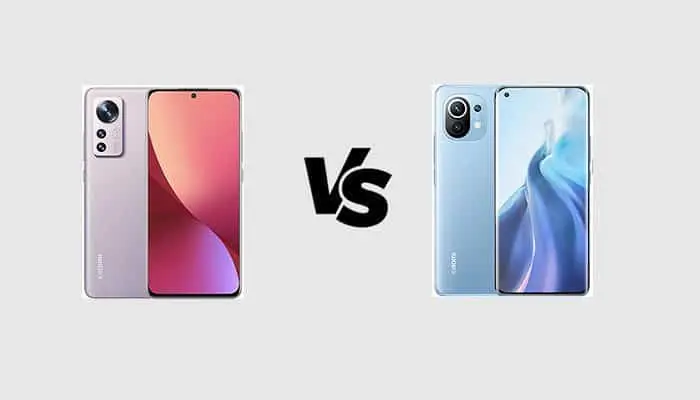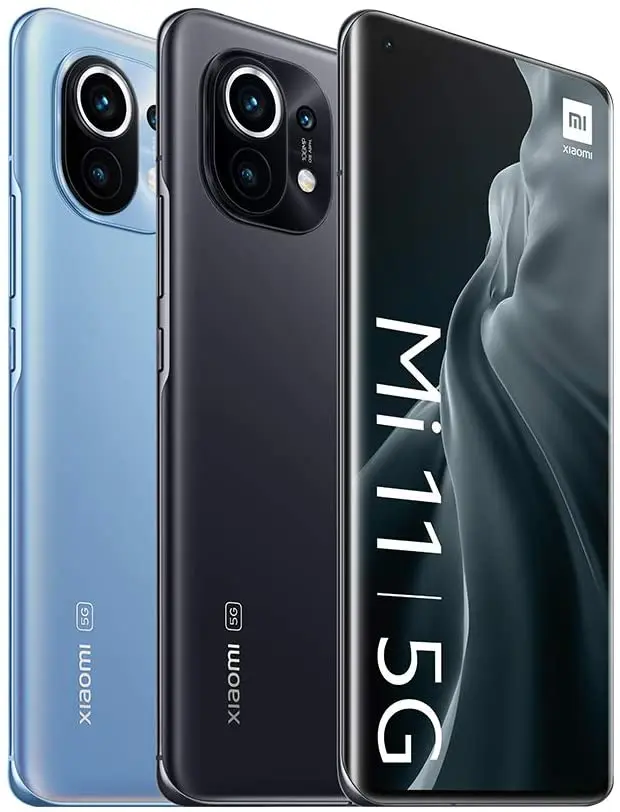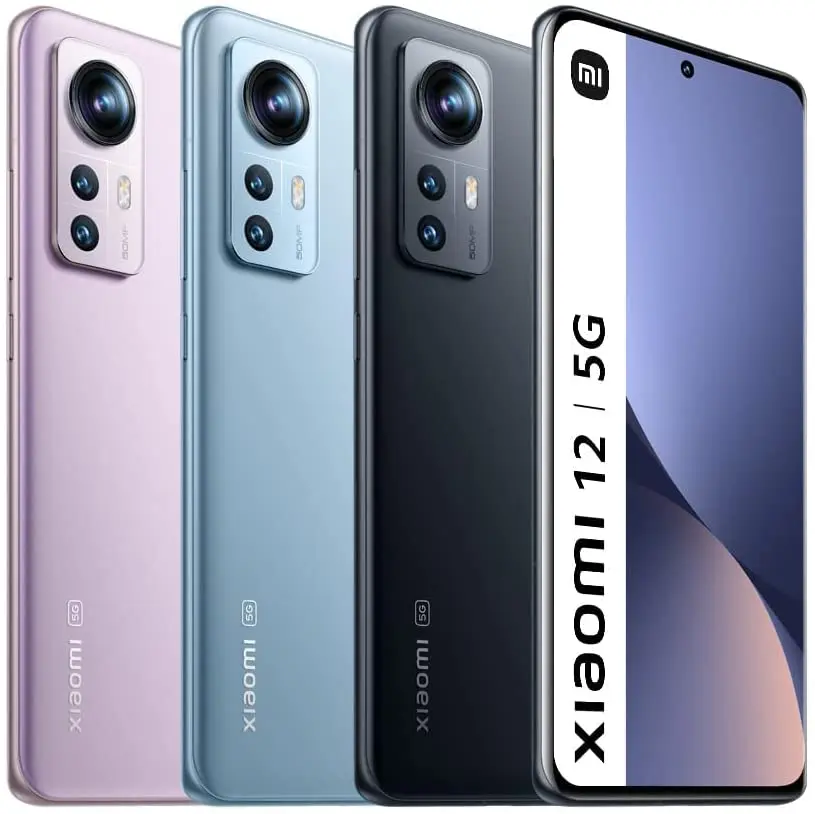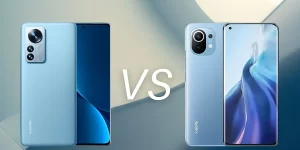The Xiaomi 12 was announced at the end of 2021, placing it on track to be one of 2022’s first flagship phones. It also has the potential to be one of the best. After all, last year’s Xiaomi Mi 11 was one of our favorite phones. So let’s see the battle between Xiaomi 12 vs Mi 11.
Here’s how it compares to its renowned forerunner.
What will you see here?
Price Comparison between Xiaomi 12 vs Mi 11
After being launched on December 28, the Xiaomi 12 was released in China on December 31. The most likely date for a global release is February or March, but this has yet to be verified.
If that’s the case, it’ll be closer to the Xiaomi Mi 11’s launching date. The Mi 11 was initially announced in China on December 28, 2020, and went on sale in the rest of the world in February 2021.
In China, the Xiaomi 12 starts at CNY3,699, which converts to around $580/£430/AU $800. The 128GB Xiaomi Mi 11 cost £749 / AU$1,099 (about $1,057), while the 256GB model cost £799 (approximately $1,128).
While pricing conversions rarely go out as expected. The Xiaomi 12 looks to be on track to release for less than the Mi 11. In the following sections, we’ll look at some of the possible explanations for this.
Xiaomi Mi 11 purchase link:
Design: Xiaomi 12 vs Mi 11

Overall, the Xiaomi 12 is substantially smaller than the Xiaomi Mi 11. It measures only 152.7 x 69.9 x 8.2mm, compared to the Mi 11’s 164.3 x 74.6 x 8.1mm.
It’s also 17g lighter than its older sibling, at 179g. However, at this early stage, we have to confess that we like the Xiaomi Mi 11’s design.
Both phones feature curved display borders on the front, which look excellent, and both displays are protected by Gorilla Glass Victus. The biggest cosmetic variances, however, are for the back, on the other hand, have the most physical differences.
The stepped, curved camera module of the Mi 11 stood out in an increasingly copycat market at the time of its launch. The Xiaomi 12’s camera module has reverted to a pretty conventional slab-like rectangle, which is a touch disappointing. It’s a little bit of the 21st century.
We’ll have to wait till we get our hands on one to know for sure, but at this stage, we prefer the Xiaomi Mi 11’s design.

Display: Xiaomi 12 vs Mi 11

The Xiaomi 12 has a smaller display than its sibling due to the size difference. We’re talking about a variance of 6.28 inches vs. 6.81 inches.
Both have 120Hz refresh rates and are OLEDs, but the Xiaomi Mi 11 outperforms the Samsung Galaxy S8 in three ways. With a 1440 x 3200 (QHD+) resolution, it’s noticeably sharper than the Xiaomi 12’s 1080 x 2400 (FHD+) display.
Because of the aforesaid size difference, you’re unlikely to detect a significant loss of sharpness. Despite this, the Xiaomi Mi 11 has a greater pixel density of 515ppi than the Xiaomi 12, which is 419ppi.
The elder phone’s display also outshines its younger sibling in terms of brightness. The Xiaomi Mi 11 has a maximum brightness of 1,500 nits, however, the Xiaomi 12 only has a maximum brightness of 1,100 nits.
Finally, the Xiaomi Mi 11 features a touch sampling rate of 480Hz. Only the Xiaomi 12 Pro appears to fit into that category in the present range.
Camera: Xiaomi 12 vs Mi 11

On the camera front, things differ a little.
A 50MP 1/1.56-inch broad sensor with an f/1.9 aperture is included in the Xiaomi 12. The Xiaomi Mi 11, on the other hand, is powered by a 108MP 1/1.33-inch broad sensor with an f/1.9 aperture. OIS supports both of them.
Both phones have a 13MP 1/3.06-inch f/2.4 123-degree sensor, which appears to be similar on the ultra-wide front.
Both phones appear to have the same 5MP telemacro camera, which can capture some remarkable extreme close-up images without having to hold your phone up to the subject. We can name this product “the star of the show “. So we don’t expect it to make a comeback with the Xiaomi 12.
The persistent lack of a telephoto lens is something we have a problem with. The Xiaomi Mi 11 didn’t have optical zoom, and the Xiaomi 12 won’t have it either.
Even yet, if the Xiaomi 12 falls in price significantly, it will be much easier to overlook.
Thanks to Xiaomi’s AI image processing smarts and pixel-binning algorithms, we found that the Xiaomi Mi 11 captured quite respectable, if not class-leading, photos.
Despite the change in the primary sensor, we’re hoping that the Xiaomi 12 doesn’t reduce the quality too much. After all, it’s going to have a better SoC (see the part below), which means better image processing.
The Xiaomi 12 appears to outperform its predecessor in the selfie camera area, offering a higher resolution 32MP front camera. Although you should never judge a camera by its pixel count, the Xiaomi Mi 11 only has a 20MP equivalent.
Specifications and performance: Xiaomi 12 vs Xiaomi Mi 11
So far, the Xiaomi 12 hasn’t impressed us with its features, but it’s faster than the Xiaomi Mi 11.
This is the first phone to contain Qualcomm’s Snapdragon 8 Gen 1 technology, which is expected to be the most popular flagship in 2022.
Of course, this is the same Snapdragon 888 that drives the Xiaomi Mi 11.
Both phones include stereo speakers tuned by audio specialist Harman Kardon for media playback.
Both phones include 8GB or 12GB of RAM and 128 or 256GB of storage, respectively. There isn’t much of a difference in terms of memory capacity.
Both phones include stereo speakers tuned by audio specialist Harman Kardon for media playback.
Battery
There isn’t much of a difference in terms of battery capacity. The Xiaomi 12 has a 4,500mAh battery, which is somewhat less than the Xiaomi Mi 11’s 4,600mAh battery.
Because the newer phone has a smaller, less crisp, and less brilliant display, it may have an advantage in terms of durability. Especially when you consider the Snapdragon 8 Gen 1 processor, which is more efficient.
When it comes to charging speeds, the Xiaomi 12 claims to be faster. It comes with a 67W charger, as opposed to the Xiaomi Mi 11’s 55W charger. This was still enough to get you from 0% to 100% in around 45 minutes, but the Xiaomi 12 claims to be able to do it in just 39 minutes.
Both phones allow wireless charging at 50 watts, which is still quite fast by 2022 standards.
Conclusion
The Xiaomi 12 looks to be a step backward in certain areas from the Xiaomi Mi 11.
That’s because the Xiaomi 12 appears to be aimed at a somewhat different market. It’s not even close to being a decent replacement for the Xiaomi Mi 11.
The Xiaomi Mi 11 moved and talked like a full-fledged flagship, but with a few clever sacrifices that allowed for a tiny price reduction. By comprising, the Xiaomi 12 is a considerably smaller phone with a smaller back screen and (probably) camera, therefore we’re expecting cheaper pricing.
If this is the case, the Xiaomi 12 will be a compelling and affordable flagship alternative. The only issue is whether or not we will adore it as much as we did the Xiaomi Mi 11. Will it strike the perfect balance between price and performance?

















